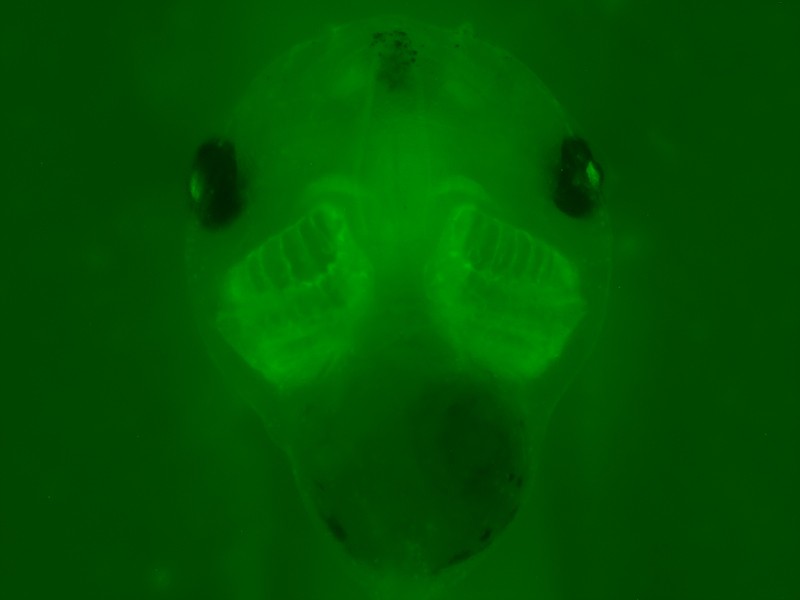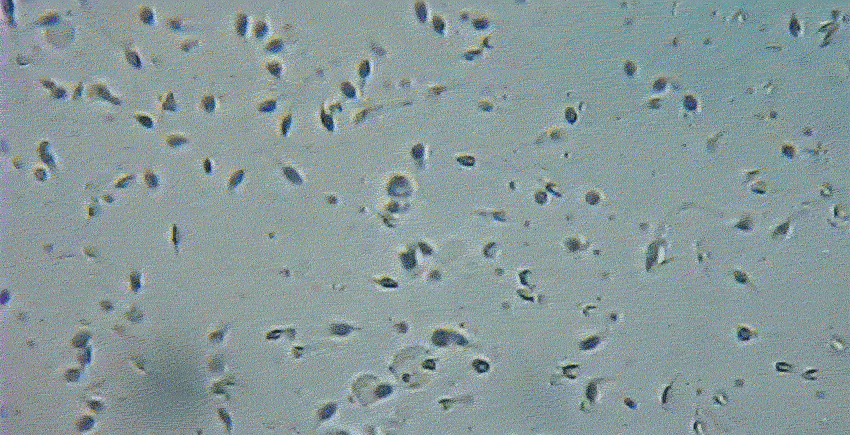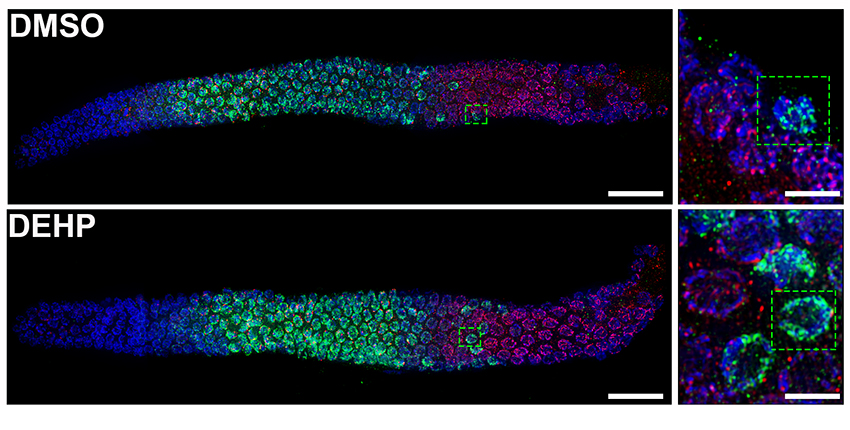Investigators with Cedars-Sinai Guerin Children’s and other research institutions have identified a process responsible for the development of teeth called incisors—a discovery that could one day improve understanding of how birth defects happen.

news, journals and articles from all over the world.

Investigators with Cedars-Sinai Guerin Children’s and other research institutions have identified a process responsible for the development of teeth called incisors—a discovery that could one day improve understanding of how birth defects happen.
Irvine, Calif., March 21, 2024 – A new study led by the University of California, Irvine has revealed a potential shift in our basic knowledge of the origins of birth defects, which affect about 3 percent of babies born in the United States each year.
A study of more than 850,000 children born in Australia found that parental infertility may be a factor for a small increased risk of birth defects in children conceived through fertility treatment.
Before SARS-CoV-2 and the COVID-19 pandemic, there was the Zika virus epidemic, lasting from 2015 to 2016.
Data scientists at the Icahn School of Medicine at Mount Sinai in New York and colleagues have created an artificial intelligence model that may more accurately predict which existing medicines, not currently classified as harmful, may in fact lead to congenital disabilities. The model, or “knowledge graph,” described in the July 17 issue of the Nature journal Communications Medicine, also has the potential to predict the involvement of pre-clinical compounds that may harm the developing fetus. The study is the first known of its kind to use knowledge graphs to integrate various data types to investigate the causes of congenital disabilities.
In a study published in the International Journal of Molecular Sciences, Nicole Sparks, PhD, corresponding author and assistant professor of environmental and occupational health at the UC Irvine Program in Public Health, highlights recent discoveries describing key hormone pathways involved…
Researchers have identified several genetic variants associated with increased risk of cancer in children with non-chromosomal birth defects, such as congenital heart disease and defects of the central nervous system. While the risk of developing cancer is not as high as children with chromosomal birth defects, it is significantly higher than children with no birth defects at all, and the findings may provide a basis for early detection in these understudied patients.
A new study co-led by a Cedars-Sinai investigator identified a gene that plays an important role in a biological pathway involved in embryo development. The gene’s impact at the cellular level could explain why some babies are born with physical abnormalities and why some adults develop diseases such as cancer. The findings are published in Nature Communications.
About 300,000 to 400,000 fetuses per year from mothers with diabetes develop neural tube defects—when the tissue that eventually forms the brain and spinal cord fails to form properly—which can lead to miscarriage or profound disability.

Researchers inactivated the gene for CHD7 — whose mutation causes congenital birth defects — in mouse embryos, and then rigorously probed how this change in developing cardiac neural crest cells caused severe defects in the outflow tract and great arteries, leading to perinatal lethality.
Researchers at UC San Diego School of Medicine and Rady Children’s Institute for Genomic Medicine have been awarded a five-year, $8.3 million grant from the National Institutes of Health to investigate the causes of spina bifida, the most common structural defect of the central nervous system.

In the earliest hours of your embryonic status, cells were developing and multiplying, critical processes were starting up, networks were connecting and genetic codes — for better or worse — were directing the whole project.
That early development is the focus of University of Delaware biologist Shuo Wei’s research. Now his work has won more than $1.8 million in support from the National Institutes of Health.
A new study from the University of Georgia has shown that exposure to a now-banned flame retardant can alter the genetic code in sperm, leading to major health defects in children of exposed parents.

Human genetic diversity wouldn’t be possible without DNA crossovers in egg and sperm cells. Two Harvard Medical School studies provide new insights into how crossovers go right–and wrong, leading to infertility, miscarriages and birth defects.

Developing frog embryo brains damaged by nicotine exposure can be repaired by treatment with ionoceutical drugs that restore bioelectric patterns in the embryo, followed by repair of normal anatomy and brain function. The research suggests therapeutic drugs may be used to help repair birth defects.
In a follow-up to the landmark 2011 study that demonstrated prenatal surgery for spina bifida has measurable benefits over surgery after birth for one of the most disabling neural tube defects, researchers have published new findings. These findings show significant physical and emotional benefits a decade later in school-age children who received corrective surgery in the womb for myelomeningocele, the most severe form of spina bifida.

At a glance:
Experiments in worms reveal the molecular damage caused by DEHP, a chemical commonly used to make plastics flexible
DEHP interferes with proper cell division during egg formation, leads to excessive DNA breakage, alters chromosome appearance
Abnormalities help explain known link between DEHP and human birth defects, male infertility
If replicated in further research, the insights can help inform regulatory changes, consumer choice
b